All Science
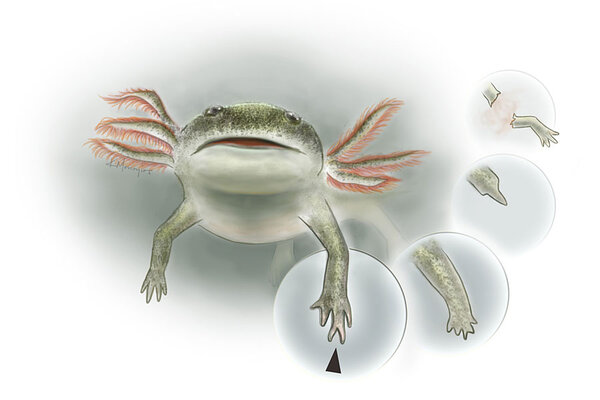 In an ancient sci-fi scenario, 290-million-year-old animals regrew limbs
In an ancient sci-fi scenario, 290-million-year-old animals regrew limbsTetrapod fossils from some 290 million years ago show evidence of limb regeneration.
 Only four percent of the ocean is protected, study reveals
Only four percent of the ocean is protected, study revealsA recent study found that global efforts to protect the world's oceans are severely lacking.
 Nepal quake less severe than anticipated? New studies explain.
Nepal quake less severe than anticipated? New studies explain.A series of new studies seeks to 'unravel the scientific lessons' from high-impact earthquakes.
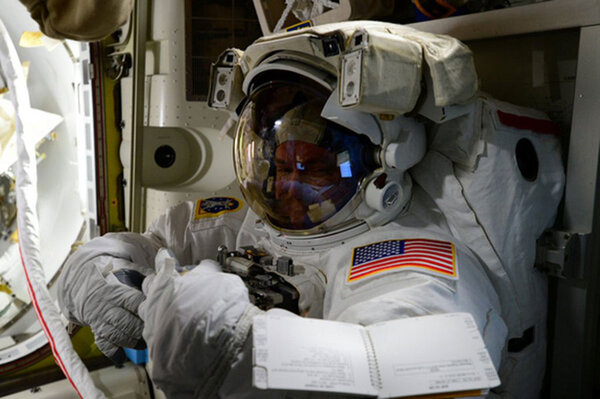 Two NASA astronauts' first spacewalk: How to watch live
Two NASA astronauts' first spacewalk: How to watch liveAmerican astronauts Scott Kelly and Kjell Lindgren are set take the first spacewalk of their careers Wednesday. Heres how to watch it online.
- What's under the ice of this Saturn moon? Daring NASA flyby to find out.
NASA's Cassini spacecraft will zoom just 30 miles above Saturn's icy moon, Enceladus, flying through the plume of a geyser that erupts from the moon's south pole.
 How the sonic 'tractor beam' levitates and manipulates objects
How the sonic 'tractor beam' levitates and manipulates objectsResearchers at the University of Bristol in the United Kingdom say they have developed a way to manipulate objects in midair using sound waves.
- Ancient 'hypercarnivores' preyed on mammoths, say scientists
A million years ago, giant predators like the cave hyena and the saber-toothed cat were able to take down mastadons, according to new computer models.
 Mysterious piece of debris to plummet to Earth next month, say scientists
Mysterious piece of debris to plummet to Earth next month, say scientistsA piece of space junk of unknown origins is set to fall back to Earth next month, giving scientists a chance to better understand satellite reentries and asteroid impacts.
 Scientists create acoustic 'tractor beam'
Scientists create acoustic 'tractor beam'A team of engineers from the Universities of Sussex and Bristol built a sonic tractor beam that uses sound waves to remotely manipulate objects.
 First LookNASA spacecraft to swoop through icy Saturn moon's geyser
First LookNASA spacecraft to swoop through icy Saturn moon's geyserThe Cassini spacecraft will fly just 30 miles from the surface of Enceladus on Wednesday to get a closer look at the gigantic salty geyser spraying out of the moon's south pole.
 First LookOut of the realm of 'Star Wars': Scientists develop sonic tractor beam
First LookOut of the realm of 'Star Wars': Scientists develop sonic tractor beamResearchers create a sonic tractor beam, capable of lifting small objects.
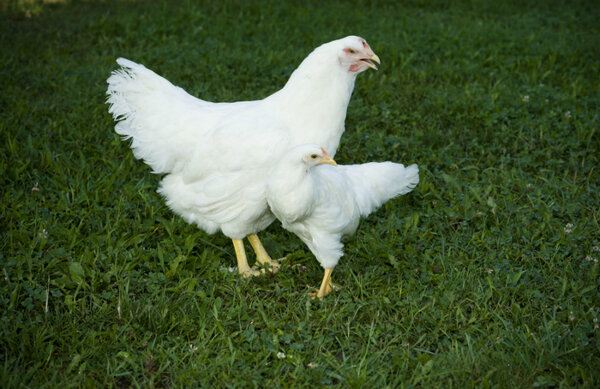 How quickly do animals evolve? You'd be surprised.
How quickly do animals evolve? You'd be surprised.A new study challenges the presumption that evolution's effects appear only over long periods of time.
 As species vanish, so do their droppings. This could be a bad thing.
As species vanish, so do their droppings. This could be a bad thing.New research suggests that the feces deposited by whales and other large fauna play a key role in transporting nutrients around the globe.
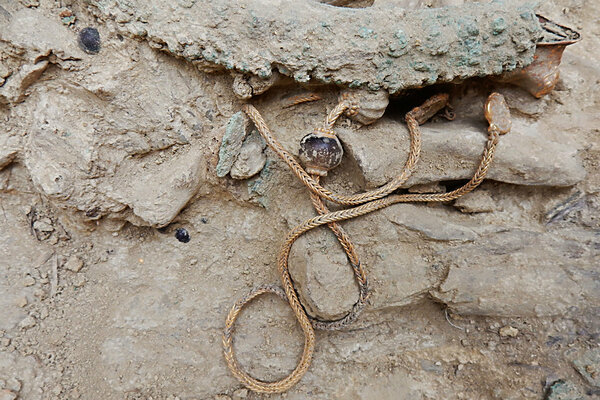 Archaeologists in Greece unearth magnificent 3,500-year-old tomb
Archaeologists in Greece unearth magnificent 3,500-year-old tombUS researchers digging in southern Greece have uncovered the tomb and treasures of an ancient warrior who was buried at the dawn of European civilization.
 How lions might survive in the human dominated landscapes of Africa
How lions might survive in the human dominated landscapes of AfricaA few success stories indicate that it's possible, but steep declines in populations in some African regions require immediate conservation action.
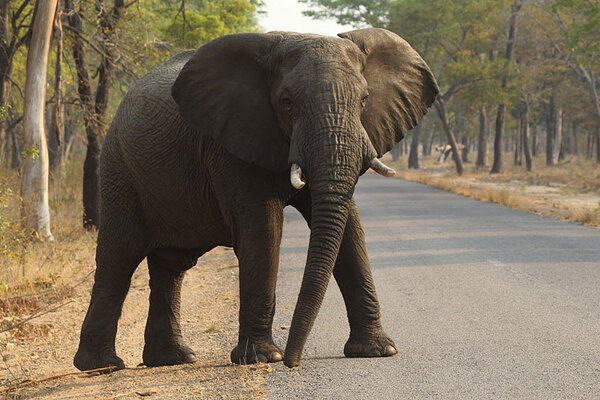 First LookFrom hypercarnivores to megafauna: How huge animals shaped their world
First LookFrom hypercarnivores to megafauna: How huge animals shaped their worldThree separate studies examine the impact that ancient megafauna had on the ecosystems they lived in.
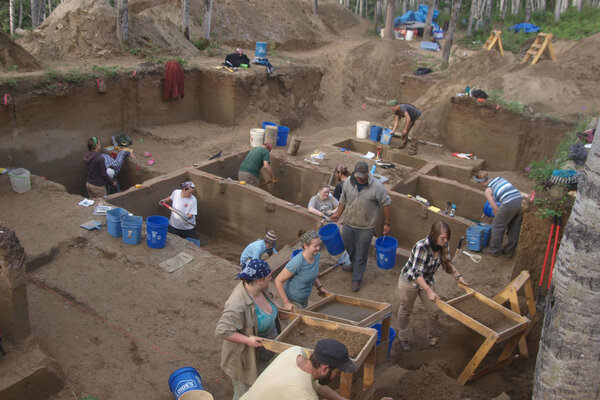 First LookWhat ancient babies reveal about ice-age Americans' travels
First LookWhat ancient babies reveal about ice-age Americans' travelsDNA analysis of infants buried some 11,500 years ago supports the Beringian Standstill hypothesis, suggesting that humans were isolated in Alaska for some 10,000 years after crossing the Bering land bridge.
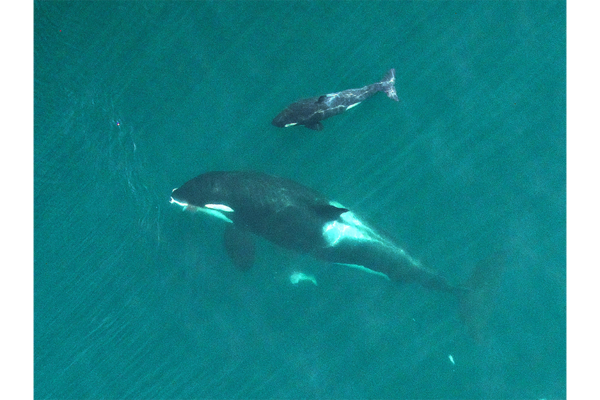 How drones can help us better understand whales
How drones can help us better understand whalesThe remote technology gives researchers privy access to wildlife.
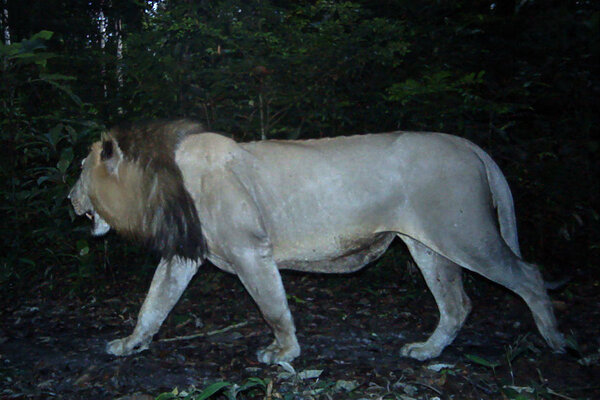 West Africa's vanishing lions: Why only a few remain
West Africa's vanishing lions: Why only a few remainIn West Africa, only 400 lions remain, making them likely the most endangered lions on the planet, according to researchers.
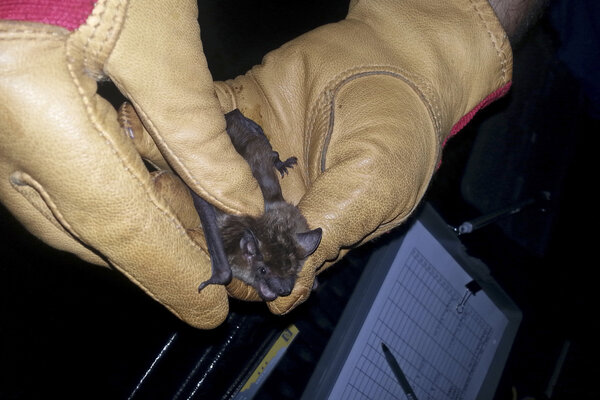 Bat sonar: Have we been overthinking it?
Bat sonar: Have we been overthinking it?Previously thought to be more complex, the mechanism by which bats use echolocation to navigate is surprisingly simple, say scientists.





















